Brilliant Mediocrity: 4 & 13
You may have heard me say this before and you’ll hear me say it again: my philosophy can be summed up in this quote from Fernando Trias de Bes
“Better a mediocre idea with brilliant execution than a brilliant idea with mediocre execution.”
I keep coming back to this because it’s just so true. Any time I show this in a presentation, many heads in the room nod in agreement.
There is a risk that the Sustainable Development Goals (SDGs) will fall into the category of “brilliant idea” with “mediocre execution” in your organization. Some businesses have begun to explicitly address the SDGs but for most of the world’s businesses, which are small to medium enterprises, to embrace and adopt the SDGs, we should perhaps think about how to make them “mediocre ideas” with “brilliant execution.”
In case you are not familiar with the SDGs, let me quickly introduce you. There are 17 categories and 169 targets the United Nations has set forth as global goals to improve the condition of society and our planet. The SDGs were originally developed to address national level issues; however, thousands of businesses around the world have adopted the framework to give greater context and meaning to their sustainability efforts. You can learn more about the SDGs here.
In a series of blogs, I want to break down some of the SDG targets into ideas that are approachable and achievable. And since I believe so strongly in the power of a green team (or whatever name you give your cross-functional group that works on sustainability and corporate social responsibility), I’ll include some tips and ideas for how a green team helps you achieve that target.
In this blog, we’ll look at SDG #4 and SDG #13.
SDG #4 is Quality Education: “Ensure inclusive and equitable quality education and promote lifelong learning opportunities for all.”
Specifically, Target 4.7 states “By 2030, ensure that all learners acquire the knowledge and skills needed to promote sustainable development, including, among others, through education for sustainable development and sustainable lifestyles, human rights, gender equality, promotion of a culture of peace and non-violence, global citizenship and appreciation of cultural diversity and of culture’s contribution to sustainable development.”
Here are a some ways you can break that down:
Start with yourself. The SDGs can be a personal motivator. If you are committed to sustainability and doing good in the world, have you educated yourself on core concepts? This doesn’t require getting a Masters degree in sustainability (but if that’s your desire, then go for it!). There are tons of great resources for learning more about sustainable development.
Spread knowledge and skills to others. For example, you can create a diversity and equality policy and create a strategy for training and development. You very likely already have such a policy (it’s safe to say that by now such a policy would be considered a “mediocre idea”) but how confident are you that staff know how to apply its contents?
Teach employees when and how to use the policy. Keep it simple. Don’t require people to sit in a room for 3 hours, bored to death. Don’t expect memorization and testing to help when a sticky situation arises and an employee needs to exercise good judgment to promote inclusivity. Dialogue and practice are the “brilliant execution” here.
SDG #13 addresses climate change, which is related to food and water security, and increased natural disasters. Target 13.3 states “Improve education, awareness-raising and human and institutional capacity on climate change mitigation, adaptation, impact reduction and early warning.”
How can you contribute to this target?
Continuing the theme above, educate yourself on basic energy conservation measures. No doubt, the more you know, the more your behavior changes – from little things like turning off a light when you leave a room, to big initiatives like advocating for a building management system with smart controls that detect unoccupied areas and adjust heating, cooling, and lighting accordingly.
Through a green team, knowledge spreads in your organization (this builds ‘institutional capacity’). Ask your team to take note of where energy can be saved. There are many online resources to help with this – they can even attend Energy University for free (courses available in other languages)!
Review operational efficiency opportunities, such as reducing energy consumption (through initiatives like LED lighting replacements), using more renewable resources for energy, and lowering greenhouse gas emissions (through efforts such as HVAC upgrades and regular maintenance). Start with small and manageable projects. The “brilliant execution” here is project management and reinforcement.



